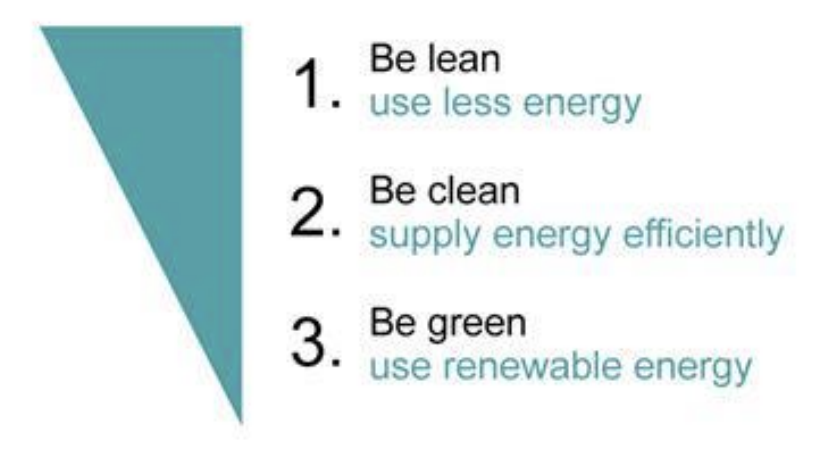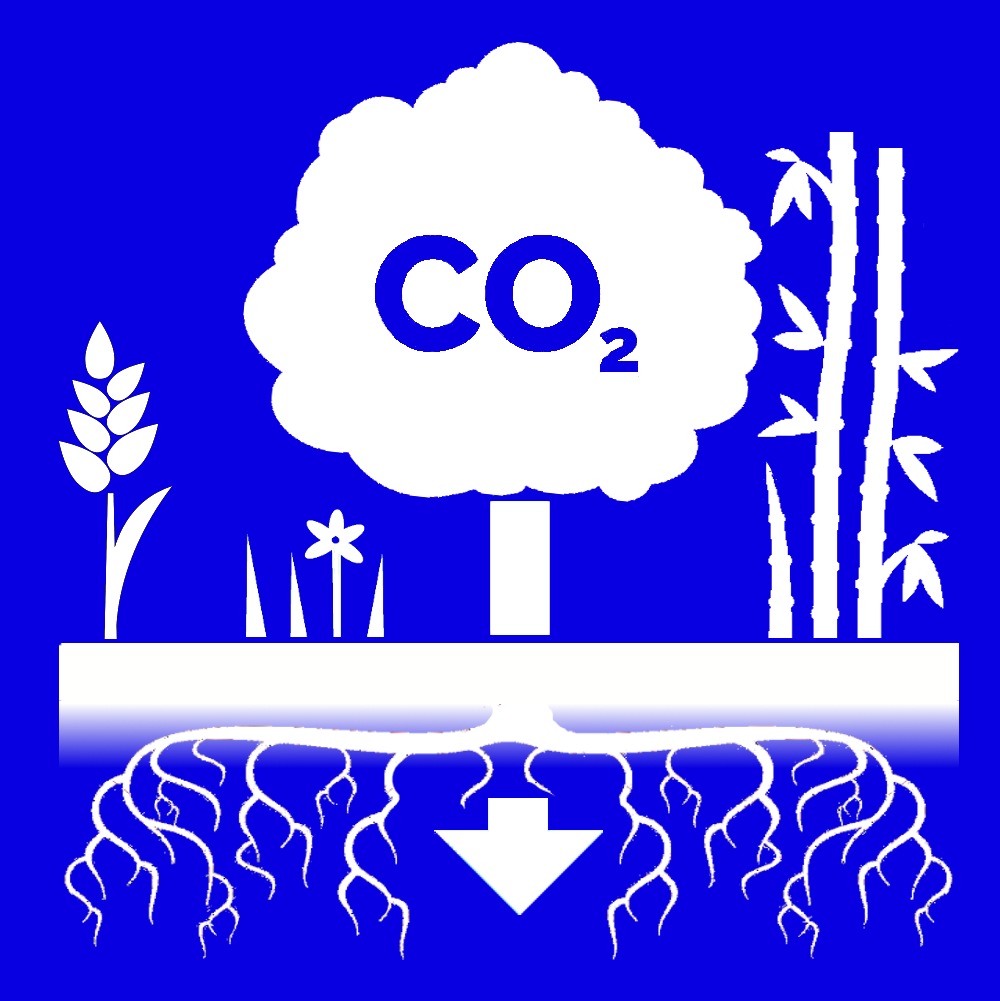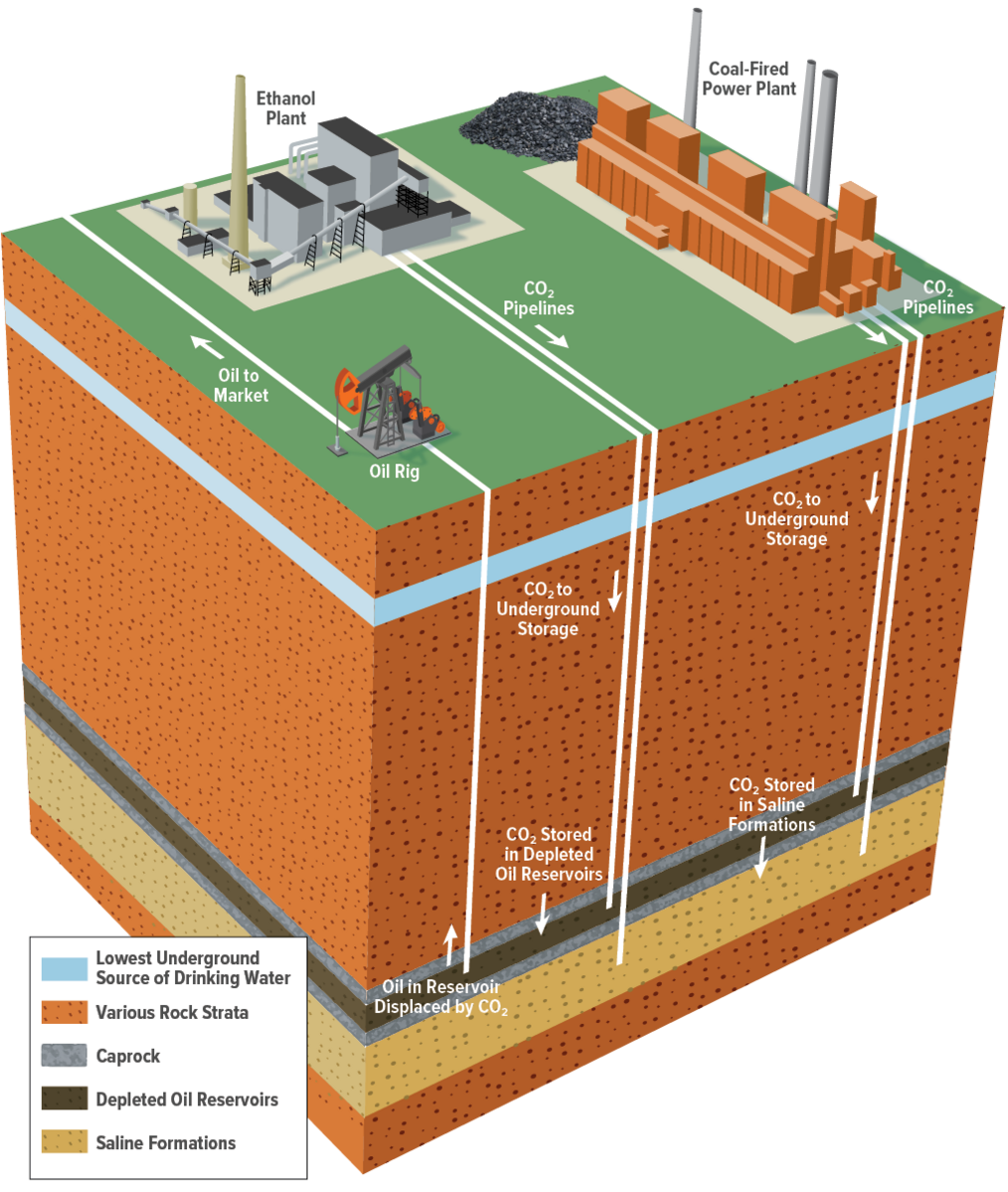IB Syllabus focus:
‘Actions include behaviour and efficiency measures, renewable deployment and agriculture changes, plus carbon sinks, re/afforestation and carbon capture and storage.’
Mitigation strategies are essential to limit the impacts of climate change by directly addressing sources of greenhouse gas emissions and enhancing natural or artificial processes that remove them.
What is Climate Change Mitigation?
Climate change mitigation refers to efforts that aim to reduce or prevent the emission of greenhouse gases (GHGs) into the atmosphere. This can involve using new technologies, adopting sustainable practices, or enhancing natural processes that capture carbon dioxide.
Mitigation: Human interventions to reduce the sources or enhance the sinks of greenhouse gases.
Mitigation contrasts with adaptation, which focuses on adjusting to the effects of climate change rather than preventing them.
Strategies to Reduce Energy Use
One of the simplest approaches is to reduce the amount of energy consumed. Lower demand means fewer fossil fuels are burned, resulting in reduced GHG emissions. Key strategies include:

The “energy hierarchy” frames mitigation in three steps: first reduce demand through efficiency and behaviour, then supply energy more efficiently, and finally switch to renewables. This mirrors best-practice pathways for cutting emissions at source before substitution. While shown in a UK planning context, the hierarchy is broadly applicable to mitigation strategies. Source.
Behavioural measures: Encouraging lifestyle changes such as using public transport, cycling, or reducing air travel.
Efficiency improvements: Introducing energy-efficient appliances, LED lighting, and improved insulation in buildings to reduce wasted energy.
Smart technology: Using smart grids and meters to optimise energy use at both household and national levels.
These strategies not only lower emissions but can also provide economic savings.
Reducing Greenhouse Gas Emissions
Directly cutting emissions from major sectors is central to mitigation.
Energy Sector
Renewable energy deployment: Expanding the use of solar, wind, hydro, and geothermal reduces reliance on fossil fuels.
Fuel switching: Moving from coal to natural gas (less carbon-intensive) or renewable alternatives.
Improved efficiency in electricity generation: Upgrading power plants and expanding grid integration to lower losses.
Transport Sector
Electrification of vehicles powered by renewable energy.
Public transport expansion to reduce the number of private vehicles on the road.
Low-emission fuels such as biofuels and hydrogen.
Agriculture
Sustainable farming practices: Crop rotation, reduced fertiliser use, and precision agriculture to minimise nitrous oxide emissions.
Livestock management: Adjusting diets or manure treatment to lower methane output.
Agroforestry: Integrating trees into farmland systems, which both sequester carbon and support biodiversity.
Removing Carbon Dioxide from the Atmosphere
Beyond reducing emissions, mitigation also involves increasing the rate at which CO₂ is removed from the atmosphere.
Natural Sinks
Forests: Expanding afforestation (planting new forests) and reforestation (restoring degraded ones).

A clear, labelled diagram showing atmospheric CO₂ being absorbed by plants and directed into roots and soils, illustrating how vegetation functions as a carbon sink. This supports the role of afforestation and soil management in increasing removals. The focus is sequestration; broader carbon-cycle flows are not shown. Source.
Wetlands: Protecting and restoring wetlands, which store large amounts of carbon in biomass and soils.
Soils: Sustainable soil management, including reduced tillage and organic farming, can enhance carbon storage.
Carbon sink: A natural or artificial reservoir that absorbs more carbon than it releases, such as forests, soils, or oceans.
Artificial Removal Technologies
Carbon Capture and Storage (CCS): Capturing CO₂ from industrial emissions and injecting it underground into geological formations.

This schematic shows the CCS chain: point-source capture at an industrial facility, CO₂ compression and pipeline transport, and long-term geological storage. Labels clarify each stage and the role of monitoring, matching the removal strategy described in the notes. Source.
Direct Air Capture (DAC): Machines that chemically filter CO₂ from the air and either store it or convert it into usable products.
These technologies are promising but often face high costs and technological challenges.
Evaluating Mitigation Strategies
When assessing mitigation strategies, several factors must be considered:
Effectiveness: How much GHG reduction is achieved?
Economic feasibility: Is the strategy affordable and cost-effective in the long term?
Social acceptance: Are people willing to adopt behavioural changes or accept new technologies?
Environmental impacts: For example, large-scale biofuel production may compete with food crops or reduce biodiversity.
Combining Approaches
The most effective mitigation relies on a portfolio approach. No single strategy is sufficient; a combination of behavioural change, renewable energy adoption, agricultural reform, and carbon removal is required.
Reducing energy demand decreases immediate emissions.
Cutting emissions at source through renewable energy and sustainable practices tackles long-term drivers.
Enhancing sinks and using carbon removal technologies help offset residual emissions.
This integrated approach recognises the complexity of climate systems and the socio-economic factors influencing mitigation success.
Key Takeaways for IB ESS
Reduce: Lower overall energy use through efficiency and behavioural changes.
Reduce GHGs: Switch to renewables, improve agriculture and transport, and cut industrial emissions.
Remove CO₂: Protect and restore carbon sinks, and develop artificial capture technologies.
These strategies, applied together, form the backbone of global efforts to limit climate change and remain central to environmental management at local, national, and international scales.
FAQ
Afforestation refers to planting trees in areas where there were none before, creating a new carbon sink.
Reforestation means restoring degraded or deforested land by planting trees where forests previously existed.
Both approaches increase carbon sequestration, but afforestation expands forest cover into new areas, while reforestation repairs ecosystems already lost.
Direct air capture (DAC) removes CO₂ directly from the ambient air, while carbon capture and storage (CCS) collects CO₂ at the point of emission, such as power plants.
DAC can reduce atmospheric CO₂ levels even after emissions occur, whereas CCS prevents emissions from entering the atmosphere in the first place.
High financial costs for installation and maintenance.
Need for secure geological formations to avoid leaks.
Energy requirements for capture and compression reduce overall efficiency.
Public concerns over safety and long-term reliability of underground storage.
Farmers can lower nitrous oxide emissions by:
Using precision fertiliser application to prevent excess nitrogen.
Planting cover crops to absorb residual nutrients.
Employing crop rotation and organic fertilisers to maintain soil health.
These methods balance productivity with reduced greenhouse gas output.
Behavioural changes, like reducing air travel or conserving electricity, may seem minor individually.
However, when adopted widely, they lower overall demand for fossil fuels, influence markets, and encourage governments to adopt stronger climate policies.
Cultural shifts in behaviour can amplify the effectiveness of technological solutions.
Practice Questions
Question 1 (2 marks)
Identify two strategies that reduce greenhouse gas emissions from the energy sector.
Mark scheme:
Award 1 mark for each correct strategy, up to a maximum of 2 marks.
Acceptable answers include:
Deployment of renewable energy sources such as solar, wind, hydro, or geothermal. (1 mark)
Switching from coal to natural gas or other lower-carbon fuels. (1 mark)
Improving efficiency in electricity generation, e.g., upgrading power plants or grid systems. (1 mark)
Question 2 (5 marks)
Explain how afforestation and carbon capture and storage (CCS) can contribute to climate change mitigation.
Mark scheme:
Clear explanation of afforestation as a natural carbon sink that sequesters CO₂ in biomass and soils. (1–2 marks)
Recognition that afforestation also enhances biodiversity and ecosystem services, but its effectiveness depends on scale and maintenance. (1 mark)
Explanation of CCS as an artificial technology capturing CO₂ from industrial emissions. (1 mark)
Detail that CCS involves transporting and storing CO₂ underground in geological formations, reducing emissions at source. (1 mark)
Maximum of 5 marks: answers must cover both strategies to access full marks.

